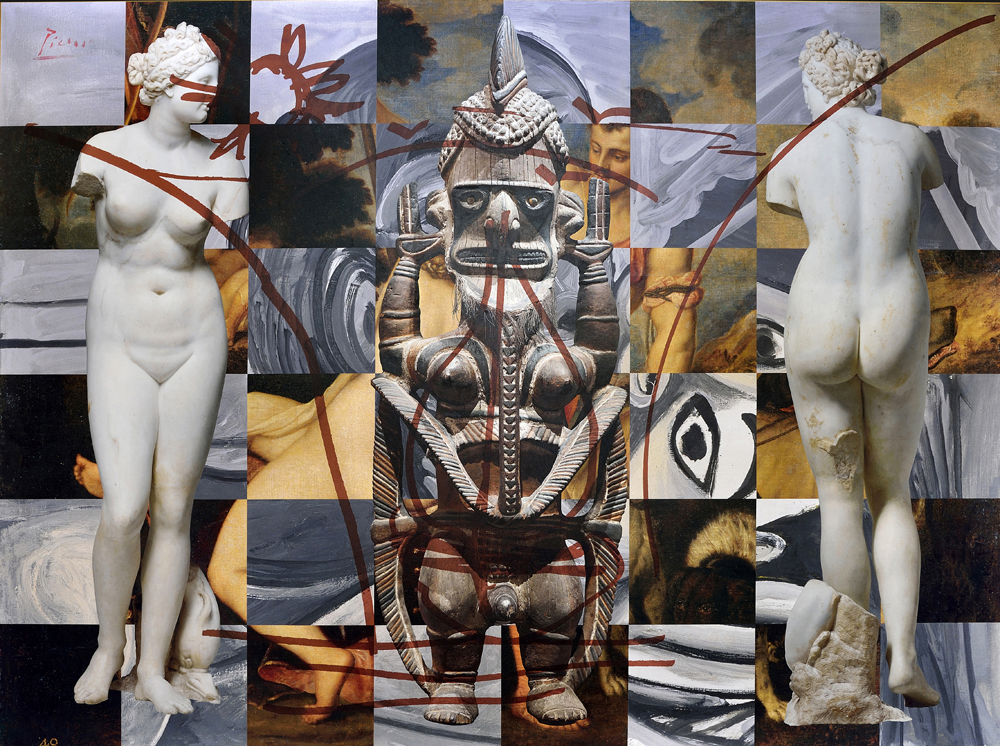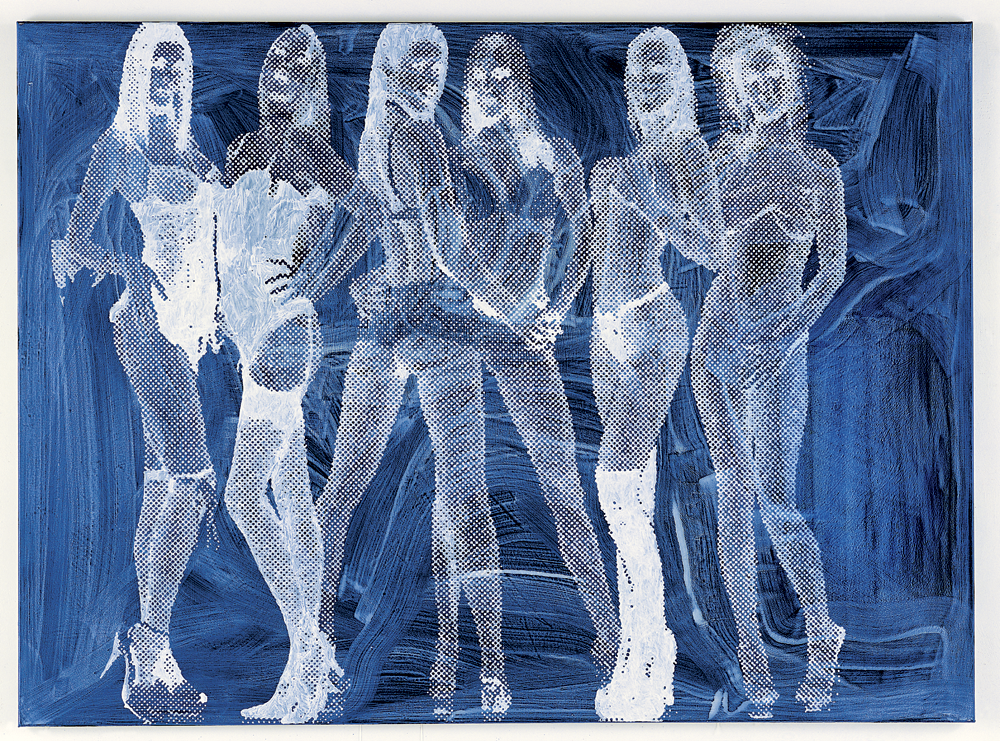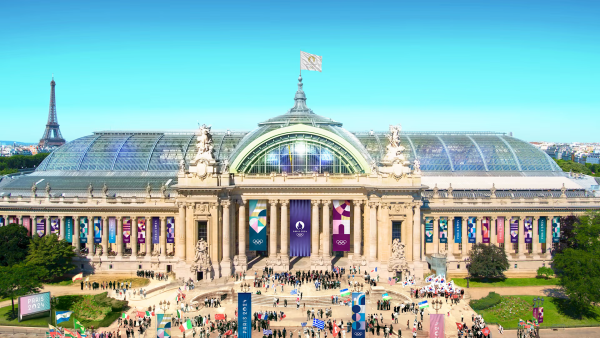Votre panier est vide
Besoin d'inspiration ?
Rendez-vous dans le programme en ligne du GrandPalais
Article -

Barcelona’s Carrer d’Avinyó is a street famous for its brothel and prostitutes...


Artists working in the post-colonial era and its relationships of dominance, such as Faith Ringgold, Robert Colescott, Leonce Raphael Agbodjelou, Wangechi Mutu and Romuald Hazoumé, have called attention to the “Africanness” of Les Demoiselles. Women artists have given these figures a more subjective viewpoint.
Votre panier est vide
Besoin d'inspiration ?
Rendez-vous dans le programme en ligne du GrandPalais
See content : Guernica, a political icon

Article -
Guernica’s political meaning is derived from the different contexts it was created in.
See content : From Paris 1900 to Paris 2024: the Grand Palais and its Nave, an architectural jewel restored right on time to meet sportsmen and women!

Article -
A regular venue for artistic and cultural events for over a century, the Grand Palais is reopening its majestic restored Nave for the Paris 2024 Olympic and Paralympic Games to become the place for fencing and taekwondo events! And don't forget: this is...
See content : 'Les métamorphoses du Grand Palais': a France 5 and france.tv documentary to watch again!

Article -
The Grand Palais is completing the biggest renovation project in its history. For the past two years, director Stefan Cornic has been tracking this metamorphosis with his camera, giving an overview of the multiple events that have taken place in the...